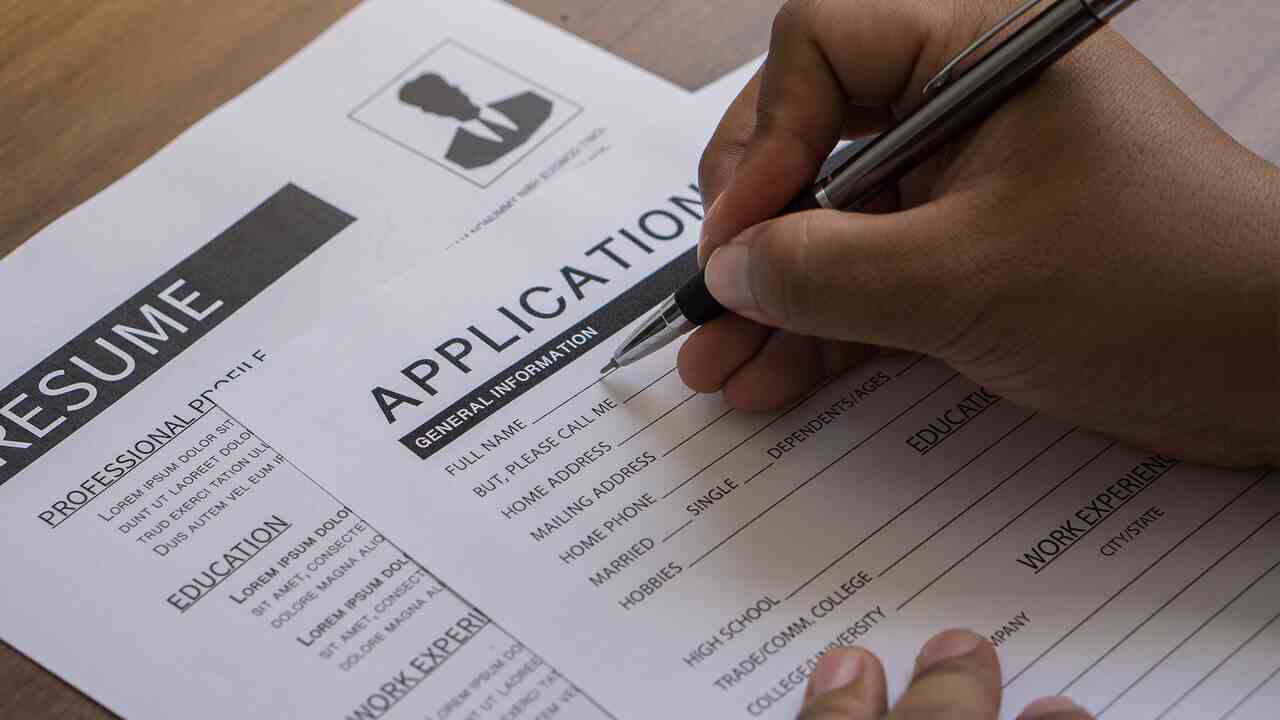If your job search involves fifteen open tabs, three half-finished resumes, and at least two forgotten applications… you’re not alone.
The modern job hunt is basically a full-time job—without the paycheck. And if you’re applying to more than just one role, things get messy fast.
Enter the job hunt tracker: a simple but powerful way to stay on top of what you’ve applied to, when you followed up, who you spoke with, and what the heck “Position ID #8924” even was.
1. Why You Need a Tracker
It might seem like overkill at first. A spreadsheet? For job applications? But here’s the thing—recruiters move fast, and so should you.
With a tracker, you won’t:
- Reapply to the same job twice (awkward).
- Forget which version of your resume you sent.
- Mix up names when you get a surprise call-back.
- Miss follow-up windows that could land you the offer.
And if you're juggling interviews across different time zones or customizing resumes for different industries? Yeah, a tracker becomes essential.
2. What to Use
You don’t need fancy software. A simple spreadsheet in Google Sheets or Excel does the job. Bonus: you can access it from your phone when you’re on the go.
Want something even easier? Use Airtable or Notion if you’re into aesthetics. But for speed and simplicity, a spreadsheet wins.
Title it something like: Job Hunt – Spring 2025 and keep it bookmarked.
3. The Columns That Keep You Sane
Here’s a clean starter setup. You can customize this, but these are the core columns that keep your search structured and your brain uncluttered:
- Company Name – Keep this consistent (no abbreviations one day, full name the next).
- Job Title – Include seniority and department if possible.
- Link to Job Post – You’ll thank yourself later when it disappears from the careers page.
- Date Applied – Helps you time your follow-ups.
- Application Method – Was it through LinkedIn? Their website? A referral?
- Resume Version – If you tailor your resumes, track which one you sent.
- Status – Think “Applied,” “Interview Scheduled,” “Ghosted,” etc.
- Next Action – Whether you need to follow up, send a thank-you, or schedule something.
- Contact Person – Name, title, and email if you have it.
- Notes – Add anything useful, like company culture insights, benefits, or red flags.
This setup keeps everything in one place, and you’ll stop relying on your inbox as your brain.
4. Pro Tips That Make It Actually Useful
Let’s face it, no one wants to fill out a tracker if it feels like busywork. These quick tips make it feel effortless—and effective.
Use dropdowns for status – Create a drop-down menu in your “Status” column so you can quickly select from options like “Applied,” “Interviewed,” “Offer,” etc.
Color code rows – Green for interviews, yellow for waiting, red for rejection. It’s visual motivation.
Add filters – Sort by date applied, company, or action needed. That way, when a recruiter calls, you can instantly pull up the info.
Link your resume files – Upload different versions to Google Drive and paste the direct link into your tracker. Easy reference = no confusion.
Set reminders – Use calendar events or notifications for follow-ups, especially if you promised to circle back in a week.
5. Customize Based on Your Process
Different job hunts require different layouts. A marketer and a software engineer won’t need the exact same tracker.
If you’re networking heavily:
Add a column for “Referrer” or “How You Heard About It.”
If you’re applying internationally:
Track time zones, language requirements, or visa status info.
If you're running a multi-channel search (job boards, email outreach, DMs):
Create a column for “Source” so you can see which platforms work best.
Make your tracker reflect the way you apply—not the other way around.
6. Use It to Prep for Interviews, Too
The tracker isn’t just for keeping up with applications. It becomes a cheat sheet when you land the interview.
Scroll back to your notes column and boom—you remember that this is the company with the four-round interview process and the dog-friendly office.
Need to recall which resume you sent? Which project you highlighted in your cover letter? It’s all right there.
Interviewing while still applying elsewhere? Use the tracker to avoid mixing up your stories.
7. Copy-Paste This Free Template to Get Started
Here’s a simple copy-and-use layout you can paste into any spreadsheet tool:
| Company | Job Title | Link | Date Applied | Status | Resume Version | Contact | Notes | Next Action |
|---|---|---|---|---|---|---|---|---|
| Acme Inc. | Content Strategist | [Link] | 2025-06-01 | Applied | Resume_V2 | Jane Doe (HR) | Referred by John; hybrid role | Follow up 6/10 |
| BrightTech | UX Designer | [Link] | 2025-06-02 | Interview Scheduled | UX_Resume | Mark T. | On-site, 3 rounds | Prep questions |
Start with just five rows. You don’t need to over-engineer it. The key is to keep it alive and keep it current.
8. Optional: Add a Dashboard View (If You’re Feeling Fancy)
If you're the kind of person who loves data, this part's for you.
You can create a second sheet that pulls stats from your tracker:
- Total applications sent
- Number of interviews
- Offers received
- Response rate by platform
This isn’t necessary—but it can help you spot patterns. For example, if you see that you’ve applied to 15 roles on LinkedIn with no interviews, but 3 out of 5 direct emails got responses? You know what to focus on.
And let’s be real—watching those stats grow feels kind of great.
9. Keep It Updated (Even When You’re Tired)
It’s easy to fill in your tracker when you’re fresh and motivated. The hard part is doing it on day 12 when you’ve gotten zero replies and you're wondering if anyone reads applications anymore.
But that’s exactly when the tracker becomes useful. It reminds you how much you’ve done, what’s still in play, and where to focus next.
Treat it like brushing your teeth. Not always exciting, but totally necessary.
10. You’ll Thank Yourself Later
The tracker might feel like just another tool—but once you're deep in the hunt, it becomes your map, your planner, and your cheat sheet. Whether you land a role in two weeks or two months, staying organized gives you an edge.
It’s the difference between guessing and knowing. And when it comes to job hunting, a little clarity goes a long way.



